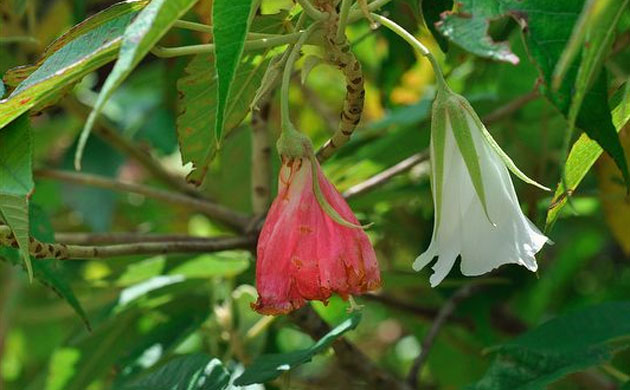@dlowan,
Thanks for that comment, Deb. You might have shortened the "flood prevention" time before I can post more. (About 8 minutes to go, I think.) If I don't get through all these 10 tonight, that'll be why.
Oh & please feel free, anyone, to post any other examples you know of.
 St Helena redwood (Trochetiopsis erythroxylon)
St Helena redwood (Trochetiopsis erythroxylon)
A tree endemic to St Helena and now extinct in the wild. After settlers arrived on the south Atlantic island, the species was heavily exploited for its excellent timber and bark which was used for tanning hides. By 1718, the species was already extremely rare. Further losses occurred when flax plantations began in the late 1800s. By the mid 20th century, only one redwood survived and this single tree is the source of all the redwoods known in cultivation today. Inbreeding depression and a limited gene pool form the most serious threat to the future survival of this species
Photograph: ARKive/Andrew Darlow